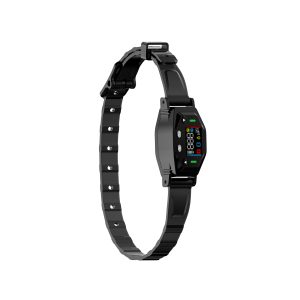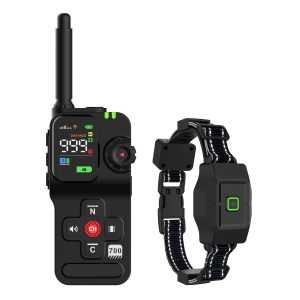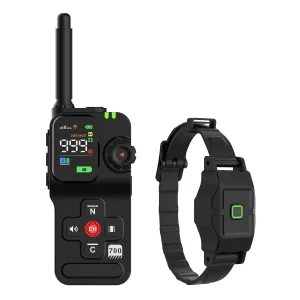Exploring the Effectiveness of Wireless Dog Fences
When it comes to keeping our furry friends safe and secure, pet owners are increasingly turning to wireless dog fences as a convenient solution. But how well do these systems actually work?
Wireless dog fences operate by creating a virtual boundary that alerts your dog through a collar when they get too close to the set perimeter. This type of technology is convenient for many pet owners, especially those with large yards or properties where traditional fencing may not be practical.
One of the key benefits of wireless dog fences is their ease of installation. Unlike physical fences, which require digging and construction, wireless dog fences can be set up quickly and easily. This makes them an attractive option for pet owners who are looking for a hassle-free solution.
However, the effectiveness of wireless dog fences can vary depending on a range of factors, including the size and layout of your property, the temperament of your dog, and the specific brand and model of the system you choose.
Some pet owners report great success with wireless dog fences, noting that their dogs quickly learn to respect the boundaries and rarely test the limits. Others, however, find that their dogs are either too stubborn or too distracted to respond consistently to the boundaries set by the system.
It’s important to note that while wireless dog fences can be effective tools for training and containment, they are not a one-size-fits-all solution. It’s essential to carefully consider your individual circumstances and the needs of your pet before investing in a wireless dog fence.
In conclusion, wireless dog fences can be a useful tool for pet owners looking to provide their dogs with a safe and secure outdoor space. However, their effectiveness may vary based on your specific situation. Before purchasing a wireless dog fence, it’s crucial to do your research, consider your dog’s personality and behavior, and consult with a professional trainer if needed.




